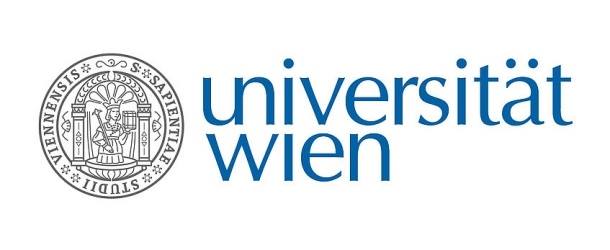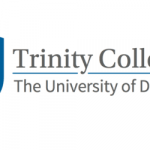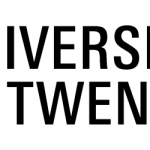‘Quantum Walk Process’ Demonstrates Security of Encrypted Data

(NewsWise) In an international collaboration led by Prof. Philip Walther from the University of Vienna scientists from Austria, Singapore and Italy teamed up to implement a new quantum computation protocol where the client has the option of encrypting his input data so that the computer cannot learn anything about them, yet can still perform the calculation. After the computation, the client can then decrypt the output data again to read out the result of the calculation.
For the experimental demonstration, the team used quantum light, which consists of individual photons, to implement this so-called homomorphic quantum encryption in a quantum walk process. Quantum walks are interesting special-purpose examples of quantum computation because they are hard for classical computers, whereas being feasible for single photons.
By combining an integrated photonic platform built at the Polytechnic University of Milan, together with a novel theoretical proposal developed at the Singapore University of Technology and Design, scientist from the University of Vienna demonstrated the security of the encrypted data and investigated the behavior increasing the complexity of the computations.
The team was able to show that the security of the encrypted data improves the larger the dimension of the quantum walk calculation becomes. Furthermore, recent theoretical work indicates that future experiments taking advantage of various photonic degrees of freedom would also contribute to an improvement in data security; one can anticipate further optimizations in the future. “Our results indicate that the level of security improves even further, when increasing the number of photons that carry the data”, says Philip Walther and concludes “this is exciting and we anticipate further developments of secure quantum computing in the future”.



















